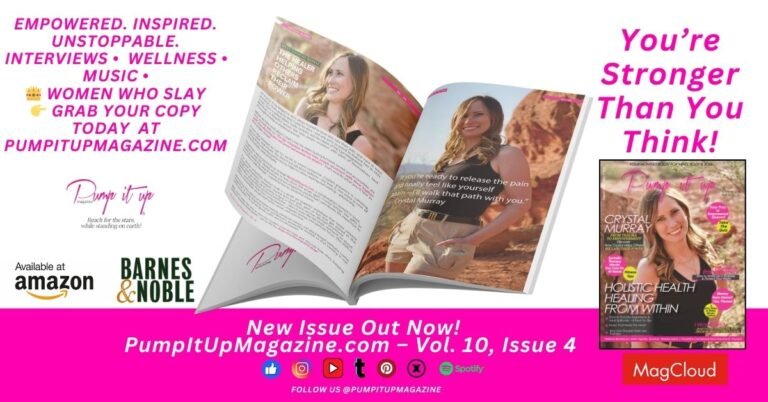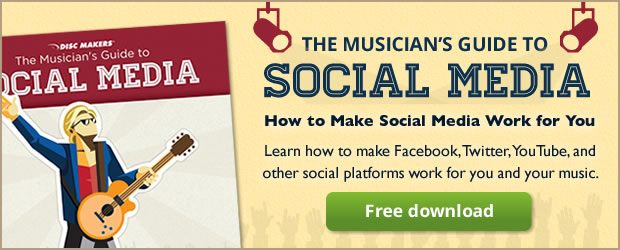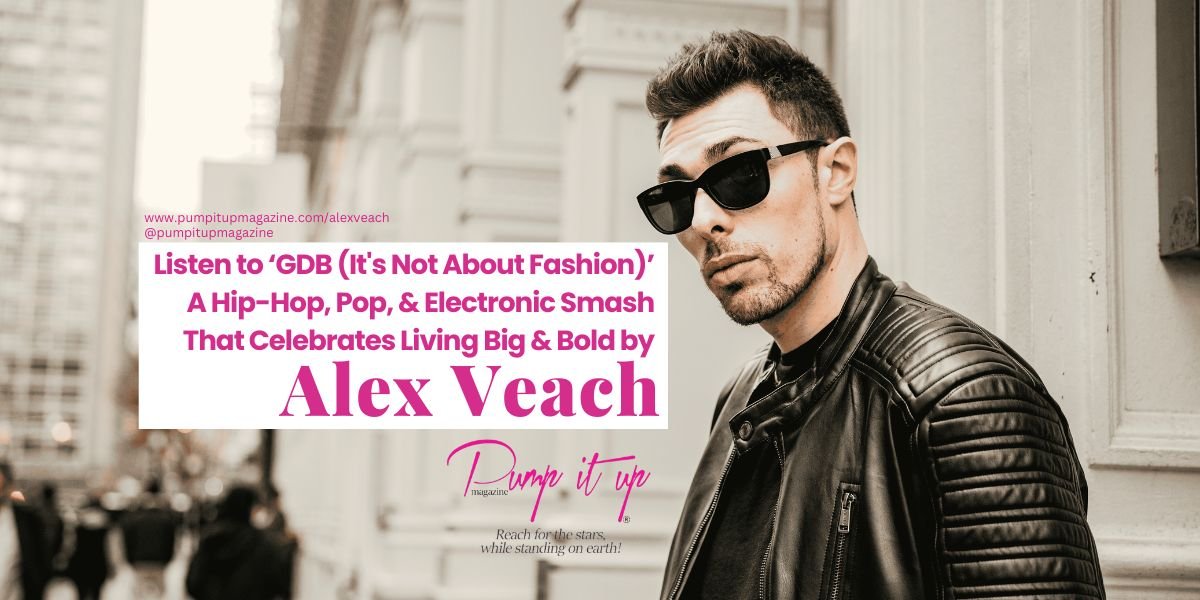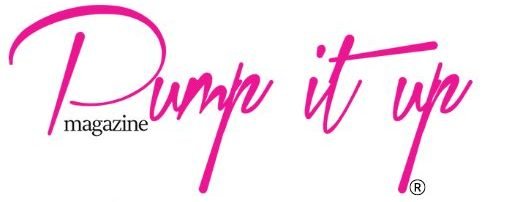Reaching fans is certainly easier in the digital age, but that doesn’t mean marketing is easy. Indie artists need to follow some basic marketing tenets if you want to make the most of your marketing efforts. Here are 15 of the biggest music marketing mistakes indie artists make.
1. Using hype on social media
Too many indie artists tell people what to do in their Calls to Action but fail to get conversions. For example:
“Check out my new single”
“Hottest new rap artist spitting real life, yo, check him out now”
“Donate to our Kickstarter campaign”
No one is going to care.
Hype on social media is as useless as screen doors on submarine. What you should be doing is making it about the recipient. Say something like, “Wow, thank you for the follows #grateful, I want you to have a free download of my first single in return.” When someone engages you, respond with a similar message. Your conversion rates will skyrocket and people will begin to actually give your song a listen. This is a social media adaptation of paraverbal communication.
Paraverbal communication refers to messages transmitted through the tone, pitch, and pacing of a voice. It is how something is said, not what is said.
“I didn’t SAY you were stupid.”
“I didn’t say YOU were stupid.”
“I didn’t say you were STUPID.”
2. Asking people to pay for discovery
Imagine a late-night infomercial starting off with “Just $19.99! You won’t believe how good this is! Get out those credit cards…” Asking for the money, and then attempting you to get excited about what the product is isn’t a winning strategy.
Would you watch? Would you care?
Every day I see a tweet that says something like “Discover us on iTunes” or “Download our first single for 99¢.” Indie artists are misguided if you think giving music away is devaluing it and “good business” means always collecting money.
Listen, I’m all about collecting money, but just like you, I have never, ever paid to discover an artist in my life.
Think about it: your favorite artists came into your awareness for free. You discovered them on the radio, a friend turned you on to them, or you paid to see a headlining act that you knew was worth the money and were pleasantly surprised by the opening act.
Without terrestrial radio, marketing means you are going to have to get people interested in you and emotionally involved in your artistic journey before you shake them down for the cash. In simple sales terms, you have to build desire first.
3. Equating likes and follows to strong connections
Likes and follows are not strong connections in any way, shape, or form. If you ask for money directly after a like or follow, it’s the same as meeting someone at a cocktail party, handing them your CD, and asking for $10. Can you imagine? “Hi, I’m Johnny D, here’s my CD. You’re going to love it! That’ll be 10 bucks.”
You know that won’t work, and it doesn’t on social media, either.
A like or a follow is like a handshake after an introduction. If you’ve toured at all, you know you cannot possibly remember everyone you meet. Something else needs to happen for you to remember a fan, right? You need to remember that when you networking on social media and do something to make a fan remember you before taking the relationship to the next level.
4. Selling, selling, selling
Too many indie artists just ask for money or hype themselves on social media with every post. This is the equivalent of digital panhandling.
You’ve got to give to receive. Create content that is focused on getting potential fans interested in you first. Give them the single, then about every fourth post, serve up a Call To Action.
You want to space out your Calls To Action with cool content that is about you and your brand. Read Gary Vaynerchuk’s Jab, Jab, Jab, Right Hook: How to Tell Your Story in a Noisy Social World for more ideas on this subject.
5. Thinking radio will break you
Look, I get it. Every artist I love from back in the day was marketed via the radio – that’s where many of you likely discovered your favorite artist and that’s certainly where their music was driven into our brain enough to become familiar after we discovered them.
It stands to reason that is how you would fashion your marketing plan because it worked in the past. But radio is not effective for exposing indie artists.
And even if you had a million dollars to spend on a P1 radio campaign, people have Wi-Fi in the car. They’re going to change the channel when faced with an unfamiliar tune to find their favorite, because they can. While there are always exceptions to the rule, I submit to you that outside of country music, no new artists have broken on rock or pop radio in the last five years. Any artist that has their very first single on radio in the last five years broke on YouTube, American Idol, The X Factor, The Voice, TV show soundtracks, or some medium that created attention. Then radio started spinning them.
Spend your money putting your promotional content in front of a targeted set of eyes. Spend your money on a PR launch for your record to get some valuable press you can use for social proof (see #15). Spend your money either on a company that can help you find your audience on social media OR learning to do it yourself.
6. Not offering bundles on your web store
Let’s be honest, most of you don’t have a web store, which is just not smart. You’re giving at least 30% of your hard earned revenue to a company when you could potentially keep it all yourself.
Those of you who do have a web store (Kudos!), don’t have bundles. 30% of your buyers are willing to be upsold and will purchase more while their credit card is out. That is as long as there is something for them to purchase!
7. Ignoring YouTube
YouTube is probably the biggest marketing asset available to you, and hardly any of you are using it. The ones who do aren’t consistently posting videos. YouTube is your own private TV network, treat it as such.
Many artists break on YouTube. An artist I work with, Bailey James, is 13 years old and has over 260K views on her YouTube channel, and I assure you that was from consistent content with ZERO paid promotion. That’ll change soon, but 260K views and 2,900+ subscribers from just posting consistent content isn’t too bad. There are at least 2,900 people who want to see her next video enough to subscribe.
8. Not marketing
Sadly, MOST indie artists spend every dollar of their precious, limited financial resources making the record and zero dollars marketing it. If they do spend any money marketing, it is horribly misspent and proportionately upside down.
Good music has rarely, if ever, found its own audience “organically.” Somebody, somewhere, somehow was putting the artist’s work in front of the right group of people to create a little fire in the grassroots.
If you got a record deal tomorrow, the label would spend around 10% of your total budget making the record and 90% promoting it. Try adjusting your budget to get closer to spending nine times the recording funds on marketing and see what happens. Even if it means recording just one song.
9. Not asking the right questions
Too many of you are asking yourselves “How can I get my music to the right industry people so I can make it?” or “How do I get my shot at fame?”
The questions indie artists should be asking are: “Who is my audience? Where can I find them? How can I connect with them? What can I do to get them to seriously listen to my music with an open heart and mind? Where can I learn the right questions to ask? Where can I learn the answers for the right questions?”
So much of the marketing infomation you require is available via your computer and it’s mostly free. The only thing missing is a good, creative attitude about the project, some education to get you inspired, and the gumption to get started! You’re resourceful, when you really decide to make it happen, you’ll find a way. Some good books to start getting intelligent, accurate marketing strategies are:
Jab, Jab, Jab, Right Hook: How to Tell Your Story In A Noisy World by Gary Vaynerchuk
Made to Stick: Why Some Ideas Survive and Other Die by Chip Heath & Dan Heath
Contagious: Why Things Catch On by Jonah Berger
Music Marketing on Twitter: How To Get 1,000 Loyal Music Fans Every Month in Just 15 Minutes a Day by yours truly, Johnny Dwinell (this one is free so just click the link and tell me where to send it. You’re welcome)
10. Being inconsistent
Most indie artists are not consistent with social media marketing. Twitter, Instagram, YouTube, Periscope, Facebook, and all social media platforms require consistency and content. If I were to grow a client’s account without adding content, the followers will soon unfollow because there is nothing to consume.
It would be like going to party where the host never shows up, so nobody has cocktails and there’s no music playing. See Ya! You have to provide regular consistent content or you’ll lose fans regardless of how captivating your music is.
11. Not engaging your audience
The days of the mysterious rock star have been over for quite some time now. Indie artists need to engage everyone who engages them. People still admire creatives but they require more if they meet you through their device.
My amazing 13-year-old client, Bailey James, interacts with every single person who reaches out to her on social media. They can’t believe it when she does that, which makes her come across as genuine and makes them feel special. She has over 30K followers on Instagram and every post that little girl puts up averages 600 likes and 85 comments per post.
The difference between you and Bailey is she gets it and you’re still making excuses as to why you can’t, why you shouldn’t, or why you won’t. You’re meeting people for the first time on social media. Think of it like a cocktail party.
When you meet someone for the first time they won’t remember what you said so much as how you made them feel. Remember that and your fan responses will instantly change.
12. Not annotating your YouTube videos
People won’t subscribe if you don’t ask. They won’t download that free single if you don’t ask. You get 80% of what you ask for in life, so why not do it? The worst thing that could happen is they say “no,” but then, since it’s social media, you’ll never deal directly with the rejection.
I recently got the opportunity to work with an amazing 14-year-old artist name Erin Kinsey. She had three videos on her YouTube channel with a total of 250K views and 1,224 subscribers. They added a fourth video just before Christmas and I annotated all four asking for subscriptions.
That fourth video has over 113K views now and her subscriptions jumped 41% in three weeks adding 503 new subscribers for a total of 1,717. All I did was ask. All the info you need to learn to do this is on the YouTube “Creators” tab.
13. Thinking you own the information
You don’t own the information. Don’t fool yourself. All your likes and follows may be from your real fans, but you don’t own that information, and as such, somebody is going to charge you to access that data at some point, if they haven’t already begun to do so (ahem, Facebook).
You need to be regularly trading free downloads in exchange for email addresses and/or phone numbers. Facebook charges you for access to your following. Twitter will do the same, so will Instagram, and so on. You have to own the information so you can reach them whenever you want for free, on your terms.
14. Not capturing emails
Live shows have the best conversion rate if you’re good. My good friend Wade Sutton at Rocket To The Stars recently worked with a band that tours so much, they have performed over 1,000 shows in 4 years. They had 300 people on their mailing list. That’s like one person every third show!
We did one show with Bailey James at a middle school and received 160 contacts! We gave away a free download and they just needed to tell us where to send it (translation: we got their email address or phone number). It was easy. The more you do this, the more you can reach out to individual markets to let them know you’re coming back to town.
15. Providing social proof of your accomplishments
Here are to things to consider:
- Most of you aren’t putting up enough social proof (if you’re putting up any at all), no doubt because you don’t want to come off as bragging
- You’re putting it up incorrectly and you come off as bragging.
Social proof is anything that proves you’re really doing something and that other people are into it. This includes reviews, interviews, fan comments from your social media platforms, emails, live show clips, behind the scenes clips, etc. Rather than posting “I’m awesome, check me out,” which is bragging, why not give a shout out to the source of the content?
For instance, “S/O 2 Honkeytonk Central in Nashville for letting us play #Grateful We had a BLAST partying with all of you” with a 15-second clip of the show.
Stay in tune, and good luck out there.
Johnny Dwinell is a veteran Los Angeles artist/producer/businessman who created Daredevil Production in 2011 to provide innovative artist development in the new music business. In mid 2013 Daredevil Production started a weekly blog as a free resource for artists and songwriters to use for inspiration, advice, support, and knowledge. In late 2013 Johnny Dwinell wrote the bestselling Music Marketing On Twitter book. Thousands of artists and songwriters have improved their understanding and execution of social media with the help of this free book!












